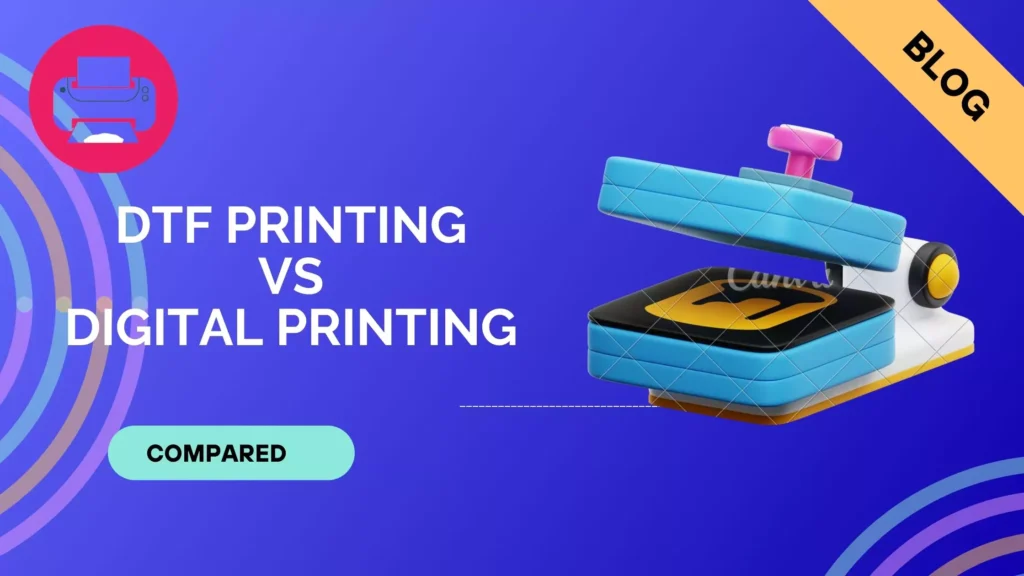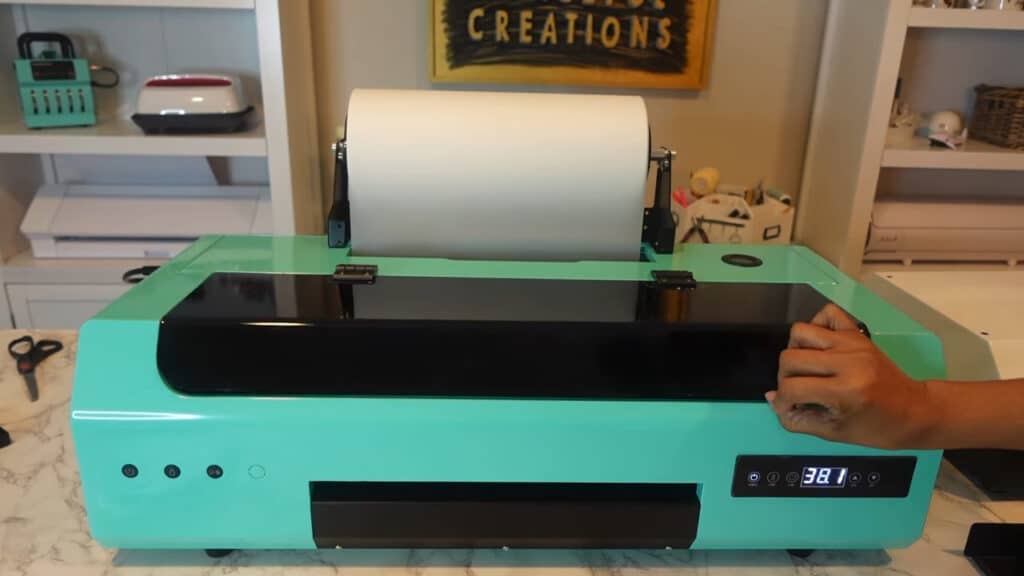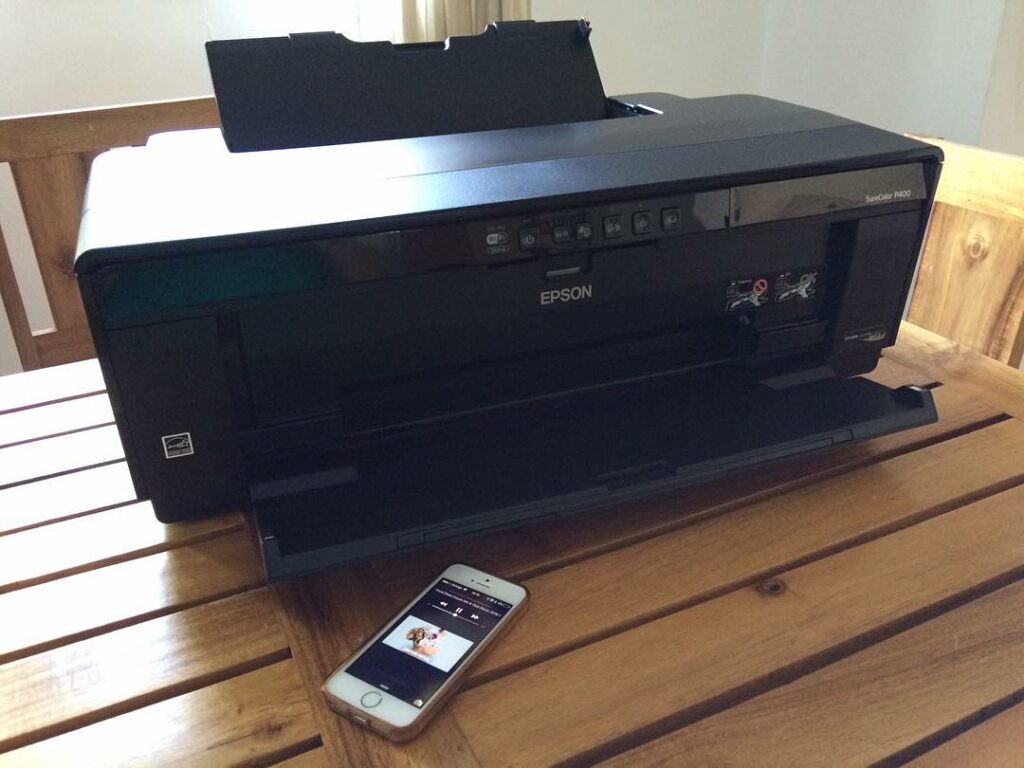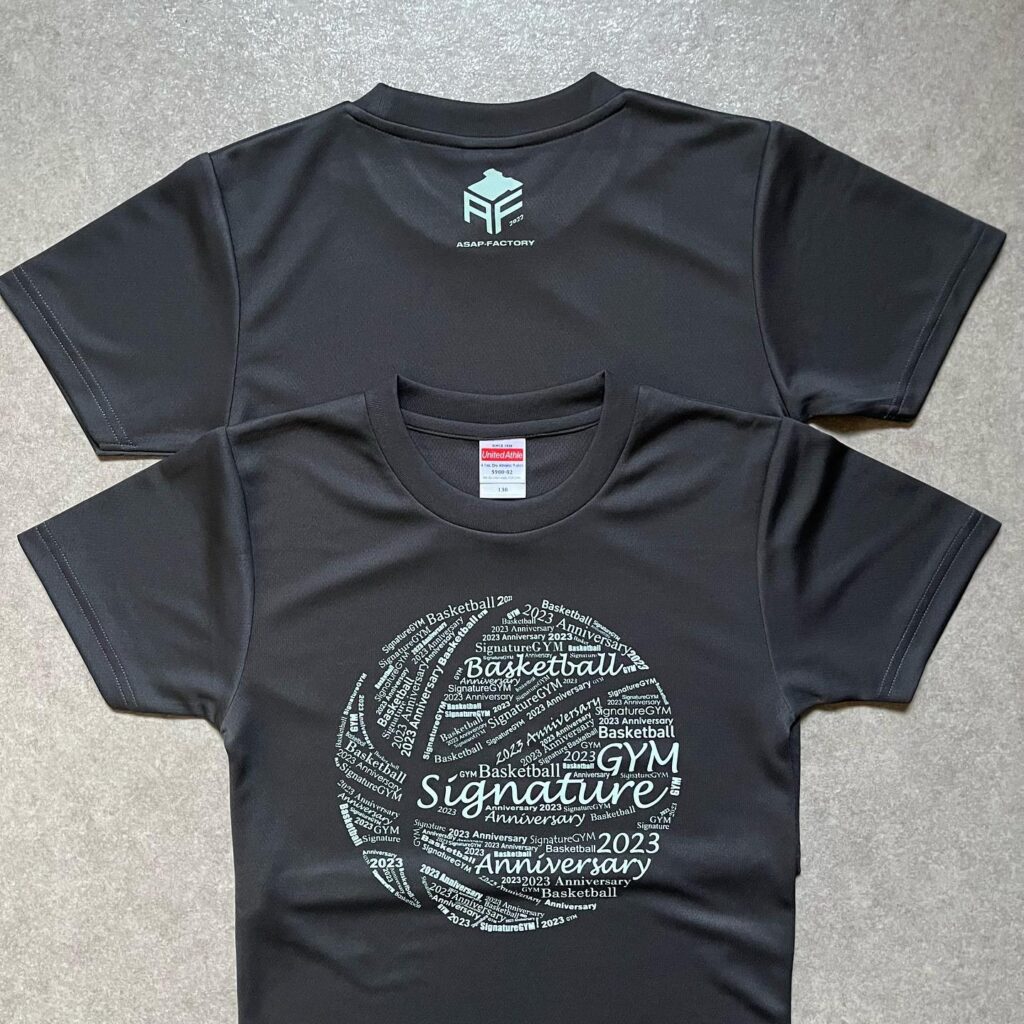The field of printing technology has seen rapid progress, led by two leading technologies: Direct to Film (DTF) printing and digital printing. DTF printing offers great resolution and economy of scale, but it also requires a careful procedure and special materials. On the other hand, digital printing uses several technologies such as inkjet and laser and is characterized by its flexibility and quick turnaround time. Understanding about DTF vs Digital Printing is essential for making well-informed decisions in the current printing environment, as industries continue to change.

DTF Printing
Direct to Film (DTF) printing is a specialty method that uses specific materials and a labor-intensive procedure to produce prints of exceptional quality. The procedure comprises of several crucial phases, each of which plays a vital role in the printing process’s overall performance.
The DTF Printing Process
Film Preparation: The first step in DTF printing is to prepare a specific film. This film acts as the surface that the picture will be printed onto in between. To preserve the integrity of the final print, it is essential to make sure the film is of the highest quality and free from flaws.
Pre-treatment: To improve its adhesive qualities, we pre-treat the substrate. This pre-treatment process is crucial to ensure that the ink sticks to the material well and produces a print that is both bright and long-lasting.
Printing Method: Direct transfer of the picture onto the prepared film is the sophisticated printing method used by DTF. In order to effectively capture fine features, precision is crucial in this process. Specialized DTF printers use premium DTF inks to provide the best possible color reproduction.

Applying the Film: The film is put to the substrate with care after printing. A smooth transition of the picture from the film to the material is guaranteed by the adhesive qualities acquired from the pre-treatment. To prevent distortions or misalignments, this step has to be done precisely.
Curing: To set the ink and guarantee long-lasting resilience, the printed substrate must be cured as the last step. Depending on the kind of ink, curing might include exposure to heat or UV light. This process contributes to the overall quality and resilience of the print.
Benefits of Using DTF Printing
High Resolution and Image Clarity: DTF printing is very good at producing prints with a high resolution and great image clarity. For applications requiring crisp, detailed prints, the direct transfer of the picture to film enables accurate reproduction of minute details.
Ability to Print on Various Materials: One of the notable strengths of DTF printing is its versatility in printing on various materials. DTF technology adapts to many surfaces, including fabrics and rigid substrates, increasing its usefulness across a wide range of sectors.
Cost-Effectiveness: In high-volume manufacturing, DTF printing is often regarded as cost-effective. Businesses with large printing needs find it to be an appealing alternative due to the process’s efficiency and reduced cost per print.
Limitations of DTF Printing
Restricted Color Options: DTF printing provides excellent clarity, but its color gamut is possibly confined. The number of colors per print job is limited compared to digital printing.
Setup & Pre-Processing Time: Pre-processing for DTF printing is a thorough step that includes substrate treatment and film preparation. In contrast to other printing methods, this may necessitate more extensive preparation periods, potentially impeding the overall rate of production.
In conclusion, DTF printing is an effective technique for producing high-quality prints on a variety of materials because of its complex process and special features. However, while using DTF printing for their projects, firms should carefully examine variables like setup times and color needs.
Digital Printing
Digital printing is a versatile and widely adopted technology that involves directly transferring digital files onto a substrate. A thorough analysis of the benefits, drawbacks, and procedures of digital printing is given in this section.
Digital printing procedure
Overview of the Steps Involved: The process of digital printing involves many essential stages, beginning with the generation or purchase of a digital file. After that, a digital printer processes this file and prints the required picture or text straight onto the selected substrate. It is an effective procedure that does not need conventional printing plates.

Types of Digital Printing Technologies: Digital printing utilizes various technologies, including inkjet and laser printing. Whereas laser printers employ toner particles fused onto the material with heat, inkjet printers discharge ink droplets onto the substrate. Every technique has a distinct benefit and can suit a variety of printing needs.
Advantages of Digital Printing
Flexibility in Color Selection: The wide color gamut of digital printing enables the creation of vivid and varied prints. This adaptability is especially useful in applications like marketing materials and graphic designs where color accuracy and diversity are essential.
Fast Turnaround: One of digital printing’s standout advantages is how quickly it can be completed. The elimination of preparation procedures for printing plates, as observed in conventional techniques, allows on-demand printing and speedier production cycles, making it suited for time-sensitive tasks.
Variable Data Printing Capabilities: Digital printing excels in variable data printing, enabling customization within a single print run. This functionality is important for tailored marketing materials, direct mail campaigns, and other applications needing individualized content.
Digital Printing’s Limitations
Variation in Print Quality Depending on Substrate: Digital printing is flexible, however the substrate that is used could impact the final print quality. Ink absorption varies by substance, impacting print quality. Understanding substrate compatibility is essential to attaining the best outcomes.
Initial Setup expenses: Compared to certain older processes, digital printing might require greater initial setup expenses. Buying and maintaining digital printers and equipment is expensive. However, the advantages of rapid and effective printing should be evaluated against this cost factor.
In conclusion, the color flexibility, speed of turn around, and changeable data possibilities of digital printing make it stand out. Understanding its procedures and issues, such as substrate compatibility and setup costs, helps organizations use digital printing for many purposes.##
Comparison between DTF Printing and Digital Printing
Print Quality:
When it comes to print quality, DTF printing excels at producing pictures with great clarity and high resolution. The methodical procedure, which include direct transfer to film, guarantees that minute details are accurately recorded.
However, digital printing offers prints that are colorful and varied due to its wide color palette. Both options depend on the project’s focus, whether clarity or color variety is important.

Material Compatibility:
DTF printing showcases remarkable versatility by accommodating various materials, including textiles and rigid substrates. Because of its versatility, it’s a desirable choice for applications requiring a variety of surfaces. Even though digital printing is quite flexible, the quality might vary according on the substrate that is used.
Cost Considerations:
When it comes to cost, DTF printing often proves to be more economical, especially in situations involving large production volumes and lower cost per print. On the other hand, digital printing could have more setup fees at first. The economic feasibility of each process depends on project magnitude, material prices, and print quality.
Production Speed:
When it comes to manufacturing speed, digital printing leads with fast turnaround times. Its quick setup times and on-demand printing capabilities help to speed up the manufacturing cycle. On the other hand, DTF printing might take longer because of its thorough pre-processing procedures. The choice depends on project urgency and manufacturing pace.
DTF Printing and Digital Printing Applications:
DTF printing is most successful in sectors like garments and signs where fine image clarity and detail are essential. Digital printing works effectively for applications like marketing material, customized goods, and short-run projects because of its color diversity and changeable data possibilities. It is possible for companies to match the individual printing needs of their target audiences by being aware of the distinct advantages of each process.
Overlapping Applications and Market Trends:
Even though DTF and digital printing serve distinct markets, there are certain situations where they are similar. Industries seeking picture quality and color variety can employ hybrid DTF/digital printing methods. These intersections show industry trends and enable creative printing solutions.
All things considered, the thorough comparison of digital and DTF printing highlights their distinct qualities and helps companies make choices based on the particular needs of various printing projects.
Future Trends and Innovations
New Developments in DTF Printing Technologies:
With the development of new technology, DTF printing has bright future potential. It is anticipated that developments in direct-to-film methods would concentrate on increasing productivity and broadening the spectrum of acceptable materials.
Scientists and engineers are investigating techniques to extend the color gamut and shorten setup times in order to get over the present constraints. Automation and smart technology integration could prove crucial in simplifying DTF printing processes and opening the door for wider industry usage.

Advancements in Digital Printing:
Technology is going to continue to evolve and shape the future of digital printing. Advancements in inkjet and laser technology have potential to enhance print quality, speed, and color accuracy.
Subsequent advancements might tackle current constraints including upfront expenses and substrate compatibility. Furthermore, environmental sustainability is anticipated to gain prominence as the printing sector investigates energy-efficient printing techniques and eco-friendly inks to satisfy the expanding need for sustainable printing solutions.
The Two Technologies’ Possible Convergence:
A possible merger of digital printing and DTF printing technology is approaching as both fields develop. Hybrid methods that combine DTF with digital printing could provide high-resolution detail and color diversity.
This confluence may open up new options in personalized packaging, fabrics, and promotional materials. In order to meet a variety of printing demands, the industry is likely to see partnerships and integrations that make the most of both technologies.
Conclusion | DTF vs Digital Printing
In summary, a comparison of digital and DTF printing offers a more complex picture in which each technology excels in its own right. While digital printing provides a wide color gamut and speedy turnaround, DTF printing shines in high-resolution detail and material diversity.
The future offers improved efficiency, greater applications, and possible convergences as both technologies evolve. Companies need to carefully balance the advantages and disadvantages of each approach with the unique needs of their projects. Printing technology’ rapid progress assures the industry’s bright and inventive future, meeting different market needs.
FAQs
DTF stands for Direct to Film printing, a process that involves transferring ink directly onto a film, which is then applied to the substrate. It is known for its high-resolution detail and versatility in material compatibility.
Digital printing encompasses various technologies, like inkjet and laser, and involves directly transferring digital files onto a substrate. It offers versatility in color options and quick turnaround times but may have variations in print quality depending on the substrate.
DTF printing is versatile and can be applied to various materials, including textiles, rigid substrates, and more. The choice of material depends on the specific requirements of the project.
The cost-effectiveness depends on factors such as project scale, material costs, and desired print quality. DTF printing is often considered cost-effective for high-volume production, while digital printing may have higher initial setup costs.
Yes, digital printing excels in variable data printing. This capability allows for customization and personalization in each print, making it suitable for applications like personalized marketing collateral.
Emerging technologies in DTF printing focus on improving efficiency, expanding material compatibility, and addressing limitations such as color gamut. Smart technologies and automation are expected to play a role in streamlining workflows.
Advancements in digital printing include improvements in inkjet and laser technologies, addressing substrate compatibility, and a focus on environmental sustainability. The industry is moving towards more eco-friendly inks and energy-efficient processes.
Yes, there is a potential for convergence between these technologies. Hybrid approaches that combine the high-resolution detail of DTF printing with the color versatility of digital printing may emerge, offering new possibilities in various applications.
DTF printing is often used in industries that prioritize image clarity and detail, such as apparel and signage. Digital printing finds applications in marketing, personalized items, and short-run projects due to its color versatility and quick turnaround.

Ashley Wang is a skilled sales manager with knowledge in DTF printing. She presently works for ShenLan Digital, a reputable DTF printer maker. Ashley is the best person to offer advice on selecting the most suitable DTF printer because she has tested a lot of them. She launched DTFPrinterSchool to educate individuals and organizations about DTF printing technology, providing her expertise and observations on the most recent advancements in the sector. Ashley is an invaluable resource for businesses and individuals wishing to invest in DTF printing technology because of her expertise and experience in the industry.
